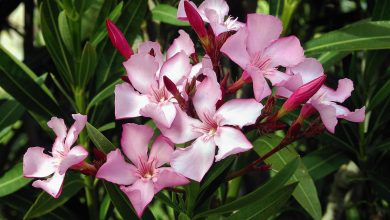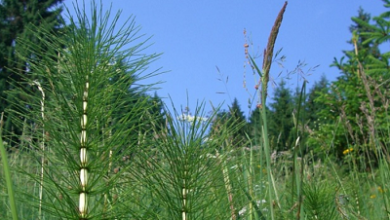Erica Gracilis: [Characteristics, Cultivation, Care and Disadvantages]
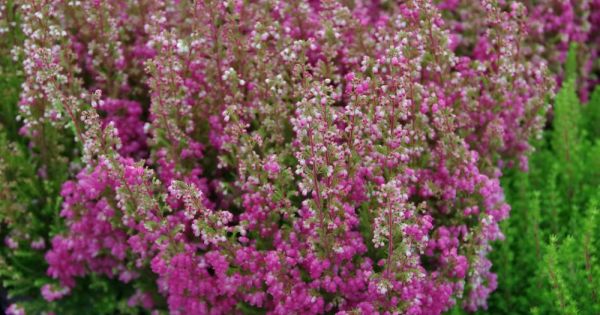
Important points when planting Erica gracilis:
- When? Erica gracilis can be sown in early spring or late summer and is propagated from lateral shoot cuttings of the same plant.
- Where? The erica gracilis variety can be planted in any type of soil, as long as it has good drainage. It can also thrive in calcareous, sandy, or poor soils.
- How do we water? Watering for erica gracilis should be abundant at the time of planting and wait for the substrate to dry before watering again.
- How often do we water? During the winter, if it does not receive direct rainwater, it is better to water only once a week, while in summer up to two irrigations a week are recommended, depending on the heat of the growing area.
- What care does it require? The care of the erica gracilis is very simple, but it is recommended to be very careful with the excess humidity of the substrate because it can cause fungal diseases to the plant.
- What pests and diseases affect you? Erica gracilis is a plant resistant to pests, but it can be damaged by excessive irrigation and poor drainage of the substrate that can cause root rot and fungal diseases.
What characteristics does the erica gracilis plant have?
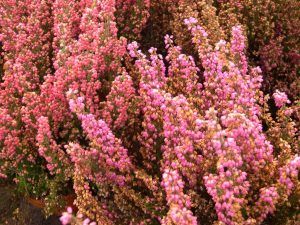
It belongs to the Ericaceae family whose origin is in South Africa and is known as Brezo de Rosa and Erica Rosa. Erica gracilis is a shrubby plant appreciated for its beauty and the color of its flowers.
It is a species that can reach a height of 1 meter when grown outdoors and in gardens, but in pots it does not exceed 40 cm in height.
It has very small, linear leaves, shaped like thin pointed needles, perennial and very dark green. It is a fast-growing genus, very resistant to fire.
The flowers of Erica gracilis grow downwards, have a globular bell shape and are very small. Its blooms are autumnal and remain during the winter, they grow grouped at the ends of the stems and are characterized by being pink, cream or white.
Erica gracilis has become one of the favorite plants to decorate houses and gardens during Christmas.
When to sow the erica gracilis?
Erica gracilis can be sown in early spring or late summer and is propagated from lateral shoot cuttings of the same plant.
Where to plant the erica gracilis?
The erica gracilis variety can be planted in any type of soil, as long as it has good drainage. It can thrive in calcareous, sandy or poor soils. Gardeners often plant erica gracilis in pots and in small areas of the garden protected from the cold, as they attract bees.
How do we water the erica gracilis?
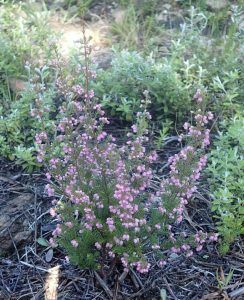 Watering for erica gracilis should be abundant at the time of planting and wait for the substrate to dry before watering again.
Watering for erica gracilis should be abundant at the time of planting and wait for the substrate to dry before watering again.
It is a drought-resistant plant, so moderate watering is recommended to maintain some moisture in the substrate, without flooding the plant.
Erica gracilis prefers acidic water (rain is the best), so it is recommended to acidify the irrigation water with a few drops of vinegar or lemon juice.
How often do we water the erica gracilis?
During the winter, if it does not receive direct rainwater, it is better to water only once a week, while in summer up to two waterings a week are recommended, depending on the heat of the growing area.
How to plant an erica gracilis step by step?
Experts point out that the best way to propagate erica gracilis is by cuttings from lateral shoots of the plant:
- Select a shoot from a lateral branch of erica gracilis that is in good phytosanitary condition.
- Cut the cutting about 5 cm long.
- Choose a deep pot.
- Fill with a moist universal substrate mixed with a little fine sand to ensure good drainage.
- Water abundantly to keep the substrate moist without flooding.
- Locate the crop in a shady place and at a temperature of 18 to 25º C, until the new shoots come out.
- Maintain the temperature by placing plastic bags covering the crop, and uncovering it for a few hours a day to renew the air and prevent fungi.
- Transplant into a pot or directly into the garden when the seedlings reach 7 cm.
- Use a peat-based compost and a handful of washed fine sand to make it drain well.
What care does the erica gracilis need?
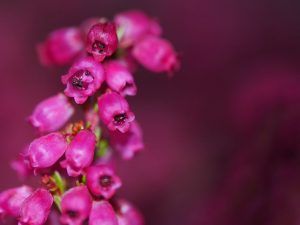
The care of the erica gracilis is very simple, but it is recommended to be very careful with the excess humidity of the substrate because it can cause fungal diseases to the plant.
It is a species that can be planted in any type of soil, whether poor in nutrients, sandy or calcareous.
They prefer loose and porous substrates or with a good proportion of added peat. It likes the cool temperatures of spring and summer, but cannot stand excessive heat or extreme cold.
They need high humidity, but not excess water, so it is recommended to keep the substrate moist and spray their leaves from time to time. The lack of water in the substrate of the erica gracilis can cause a serious fall of its leaves and an excess of humidity will rot its roots.
Erica gracilis does very well in full sun, bright light and fresh air, although it is not very picky about location. It does not require many fertilizers and in case of placing it, the use of small doses of liquid fertilizers for acid plants in the irrigation water is recommended.
It needs annual pruning to keep it compact, so it is recommended to remove the dried flowers after flowering and trim the ends of the stems at the end of February or early spring.
What pests and diseases affect erica gracilis?
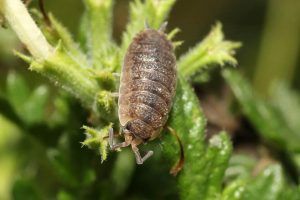 Erica gracilis is a plant resistant to pests, but it can be damaged by excessive irrigation and poor drainage of the substrate that can cause root rot and fungal diseases.
Erica gracilis is a plant resistant to pests, but it can be damaged by excessive irrigation and poor drainage of the substrate that can cause root rot and fungal diseases.
In the event that the leaves of the erica gracilis begin to dry or fall, it is likely that it has been dry for a long time, so it is necessary to water.
If the roots are rotten, it is recommended to remove the entire plant from the root and check its condition. When the roots look brown, it is recommended to let the plant dry, change the container and then water to maintain humidity.
Some expert gardeners point out that you should be very careful with the appearance of cochineal, mites and red spiders on the erica gracilis plant. To attack the appearance of these insects, the application of 96% alcohol with a brush is recommended.
In the event that spider mites appear on the plant, it should be sprayed with a malathion-based insecticide.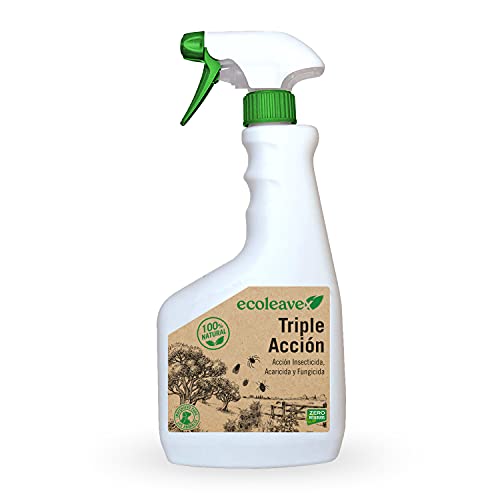
Bibliographic references
- Heathlands: biodiversity, uses and conservation, J Izco Sevillano, FJ Amigo Vázquez, P Ramil Rego… – 2012 – minerva.usc.es
- Endemic Macaronesian heaths, JD Delgado – jolube.es
- Contribution to the knowledge of heather habitats in Galicia (Northwest Spain), A GARCÍA-ARRESE, EVA BUJÁN, F MACÍAS – Ecology, 2009 – mapa.gob.es
- Erica arborea L., Erica australis L, ML Valbuena Relea, ML Vera de la Puente – 2012 – buleria.unileon.es
- Erica andevalensis: an endemic and endangered heather in the Huelva mining area, B Márquez, PJ Hidalgo, MA Heras, R Velasco… – Ð Jornadas Técnicas de …, 2005 – uhu.es



